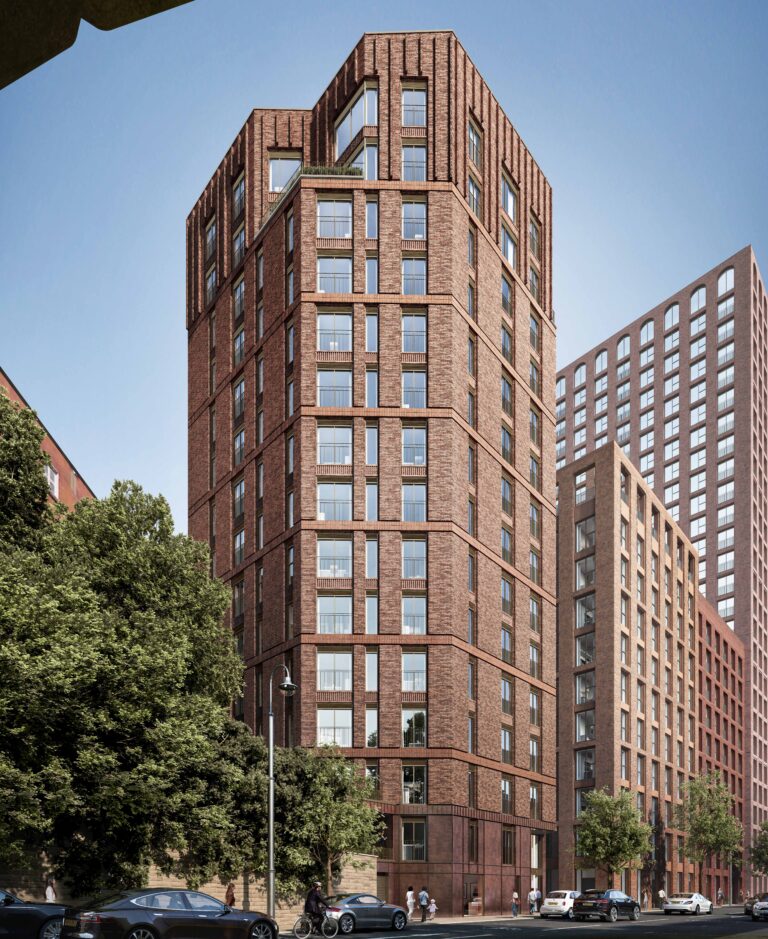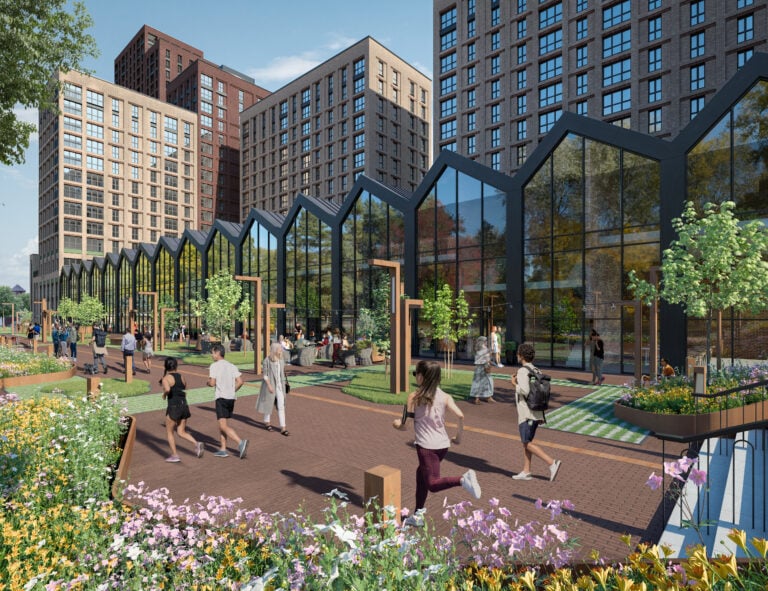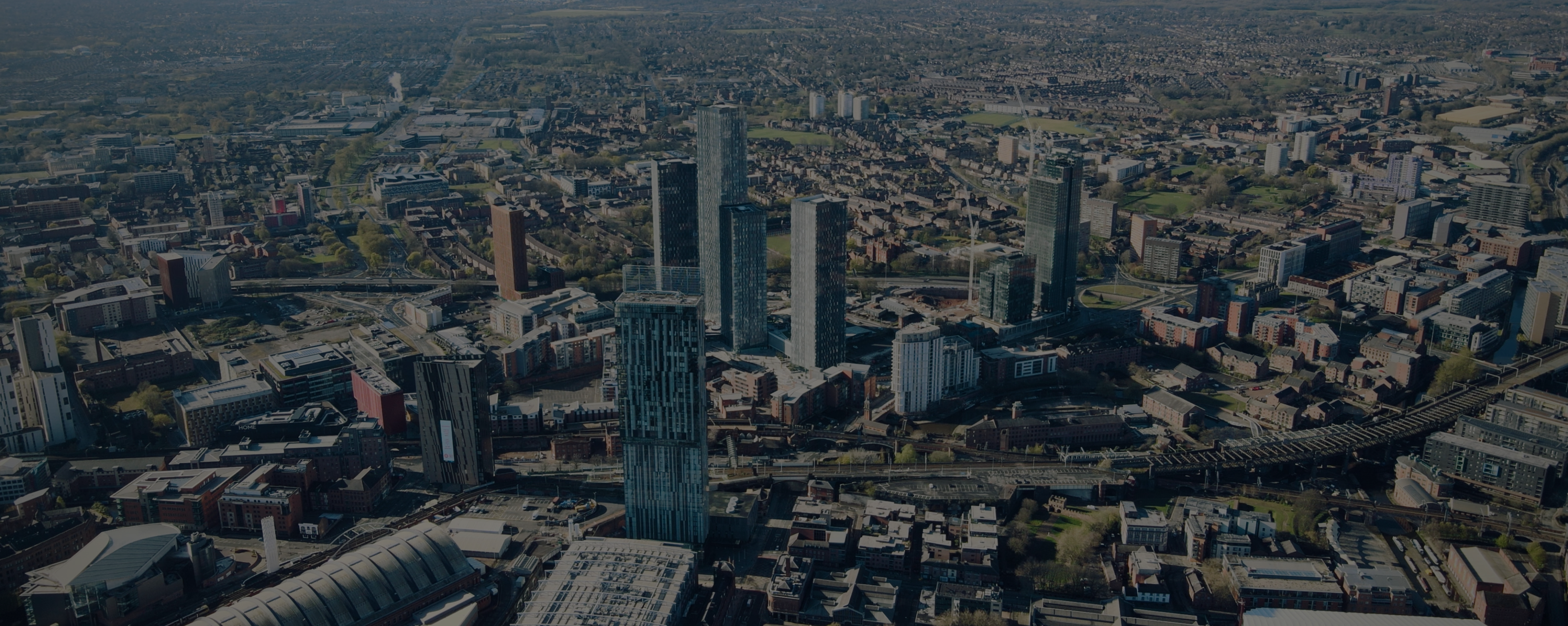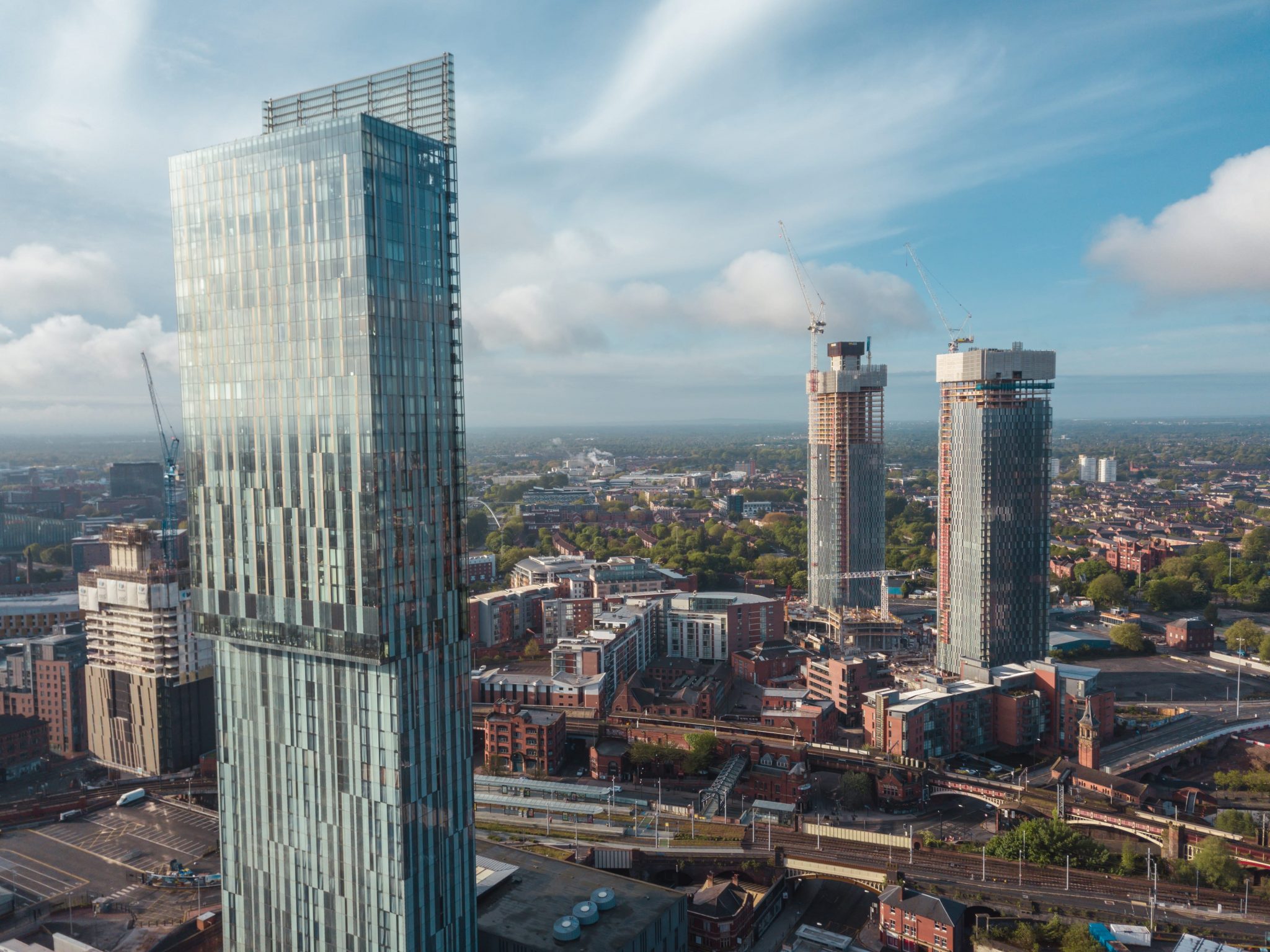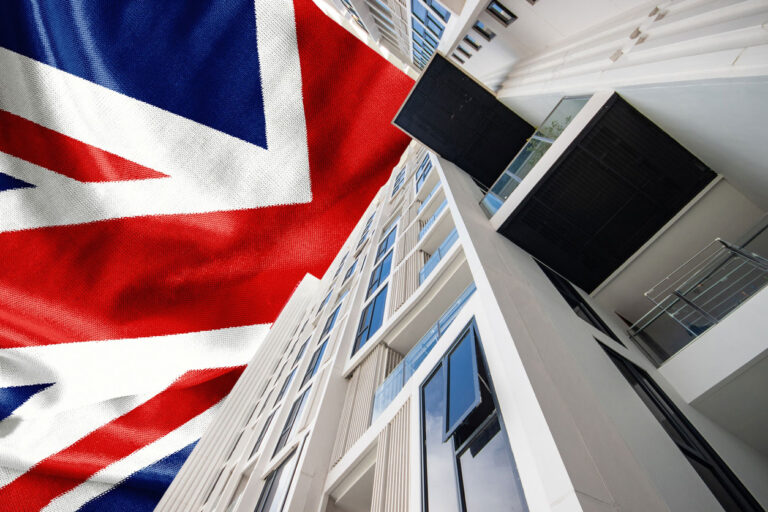After further inflation improvements were revealed last week, analysts are predicting interest rates to be cut next month in a positive move for borrowers.
The Bank of England is due to reveal its next move on UK interest rates on 8th May, but recent consumer price index (CPI) figures have tipped the scales towards a base rate cut according to analysts.
The CPI measure of inflation fell to 2.6% in March, according to the Office for National Statistics, down from 2.8% in the 12 months to February. This was lower than the expected 2.7% estimated by analysts, and has created a “window of opportunity” for the Monetary Policy Committee, who sets national interest rates, to vote for a cut from the current base rate of 4.50% down to 4.25%.
The fall in inflation was largely as a result of weaker transport price rises, accommodation prices, and recreational and personal services prices. It means price rises in the CPI are moving closer to the government’s 2% target, and should ease some financial pressure on households after more recent inflationary highs.
However, with much of the global impact of Donald Trump’s tariff changes yet to be felt, there is speculation that we could see further inflation spikes this year, including possibly next month, which could still put the decision on interest rates in the balance.
Housing market acceleration
HM Land Registry also published its latest house price figures from February last week, which revealed that average prices had risen by 5.4% year-on-year. This is up from January’s annual rise of 4.8%, indicating an acceleration in UK housing market demand.
This outlook was reiterated by property portal Rightmove, which revealed that asking prices across the country had increased by 1.4% in the first few weeks of April, which was ahead of normal seasonal averages. The stamp duty threshold change, which came into effect on 1st April, could partly explain this, as it created a rush among buyers to complete by the end of March.
Across the country house prices showed a mixed picture, which again reflects the impact of both inflation and interest rates, with the more affordable segments of the market seeing the greatest acceleration.
The North West of England recorded the greatest annual price rise, with a huge 8% increase; while Yorkshire and the Humber had the steepest monthly rise of 1.6%. However, London’s property market suffered with a 1.1% decline, along with the lowest annual house price growth of 1.7%.
Interest rates spurring on the market
Improving interest rates are likely to be contributing to the stability of the UK housing market, with many lenders slashing interest rates on mortgages while also bringing a wider selection of products and options to the market to entice borrowers. As 8th May draws closer, lenders are likely to react preemptively to predictions on where interest rates will go, with the hope from borrowers that they will introduce cheaper products.
Low-deposit mortgages have risen to their highest levels since March 2008, according to Moneyfactscompare, broadening the scope for property buyers with less capital to deploy. At the same time, interest rates on two-year and five-year products have fallen by 0.07% and 0.04% respectively, bringing them down to 5.32% and 5.18%.
However, the average two-year tracker mortgage experienced a slight increase to 5.20%.
Rachel Springall, finance expert at Moneyfactscompare, said: “The flourishing choice of low deposit mortgages will no doubt be welcomed by borrowers who are either looking to remortgage or are a first-time buyer.
“The government has been clear that it wants lenders to do more to boost UK growth, and so a rise in product availability for aspiring homeowners is a healthy step in the right direction. However, there is still much more room for improvement, particularly as the choice of deals at 95% loan-to-value represents just 6% of all deals available to borrowers across fixed and variable mortgages.
“The end of Stamp Duty Land Tax (SDLT) relief last month could also be playing its part to incentivise lenders to push out more deals to entice new business. Mortgage affordability for borrowers with small deposits has also improved month-on-month, as there has been a drop in rates. The average two-year fixed mortgage rate for borrowers with a 5% deposit at 5.81% is its lowest point in over two years (5.54% – October 2022).”


